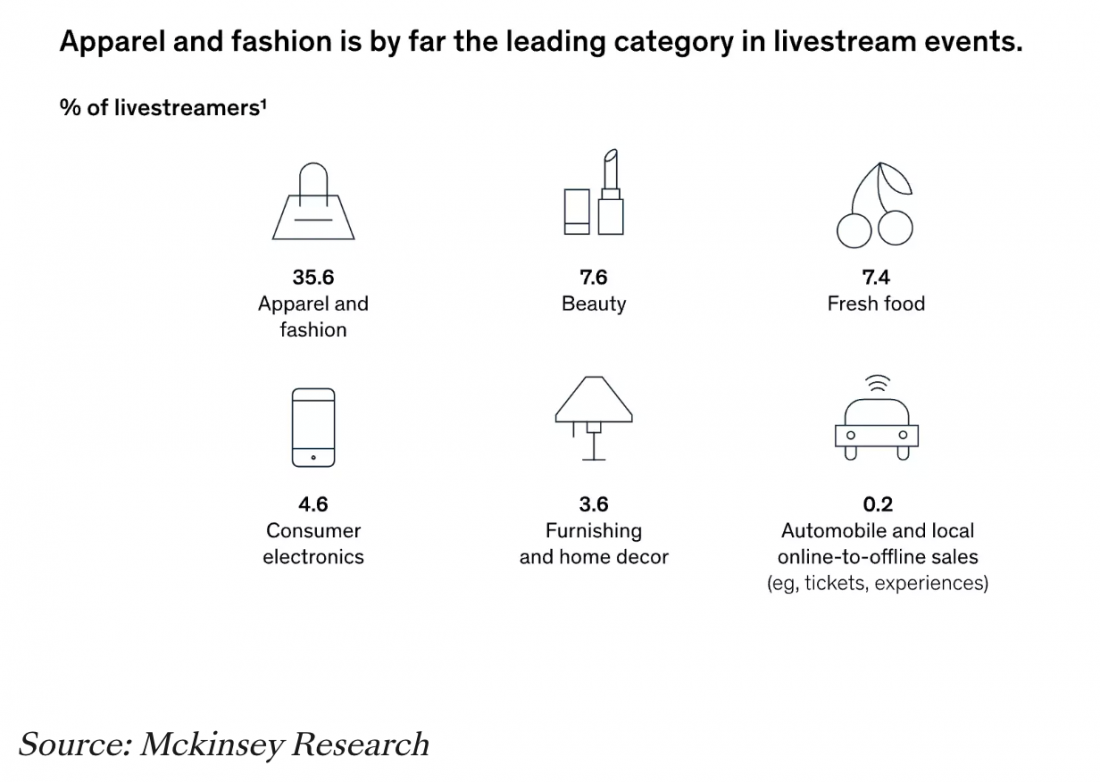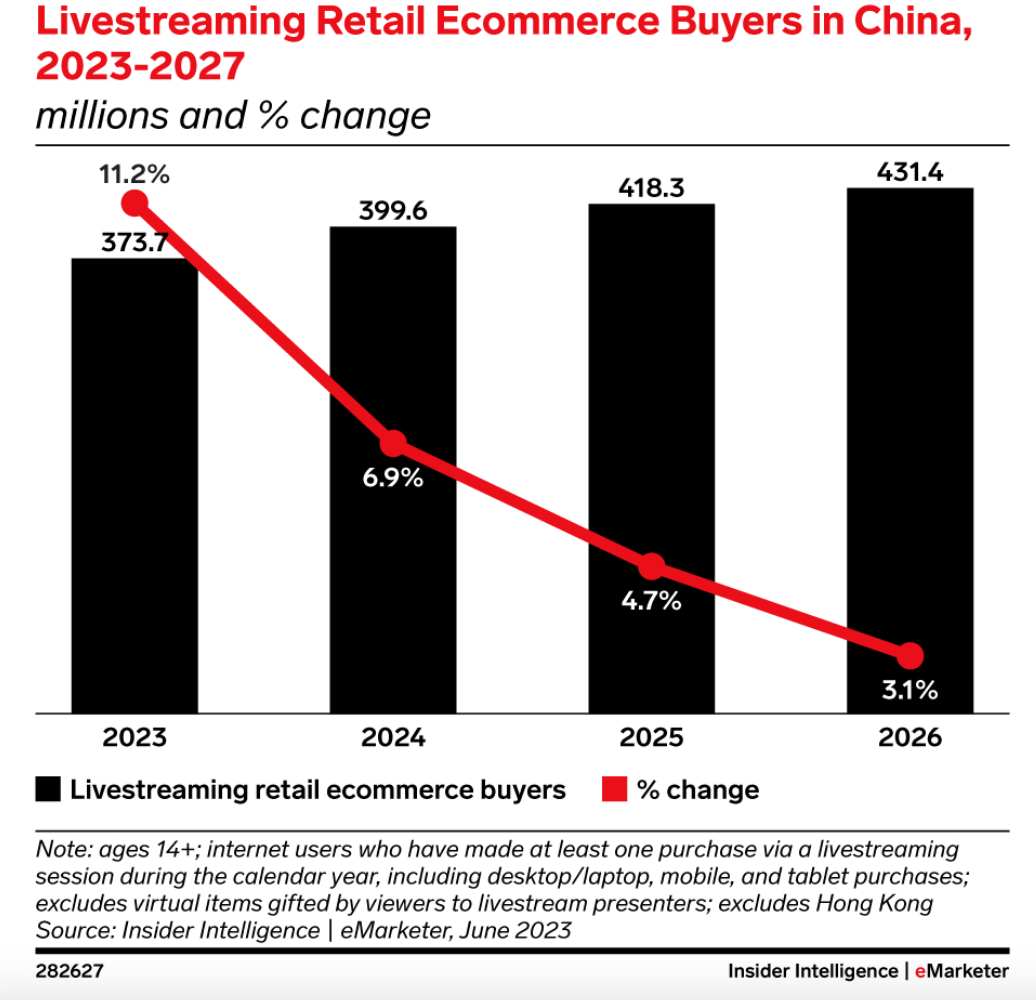Live Commerce, The Future Of The World’s eCommerce
By: Ahmed Basyouney, Managing Director of 3C Communications

We all know how important are eCommerce and the impressive growth that has happened in the world in the last few years. Many companies and brands have built huge strategies for building and enhancing online commerce in local markets and international markets, But are you familiar with Live commerce?
What is Live Commerce?
Live commerce is a way for brands to sell products through live streams on digital platforms. The method aims to provide consumers with an interactive experience, allowing them to ask questions and buy products during live streaming.
The idea started in China with Alibaba’s Taobao Live in May 2016 arrived, they were prisoners with online Livestream broadcast with an e-commerce store to allow viewers to watch and shop at the same time, and quickly users liked the idea that viral all over china with a huge impact on sales, The pure value of it was enabling customers to see and feel the products before purchase with reviews and live feedback about it.

Consumers are flocking to their screens to see their favorite KOLs (Key Opinion Leader ) — from local micro-influencers to big-name celebrities — share product reviews and brand recommendations. Accessible to almost anyone with a mobile device, livestreaming e-commerce offers a highly interactive and personable presentation alongside promises of exclusive deals. From performance art exhibitions, to video games, to one-on-one luxury consultations (Like a digital VIP room, Professional advisors are on hand to introduce products, and even help customers try on the products virtually. And there is the option to chat through voice and text if you want to keep your camera off.) More and more companies are tapping into livestreaming’s e-commerce potential. Outside of China, Amazon, Facebook, and Instagram have also launched their own livestreaming and selling platforms.

As this digital trend continues to boom, social e-commerce may become the new e-commerce. After all, the gross merchandise value (GMV) of the livestreaming e-commerce industry is set to surpass 2.8 trillion RMB (roughly 438 billion USD) in 2022 and a whopping 4.9 trillion yuan (732.8 billion USD) in 2023. With algorithm-driven short-video apps dominating the online advertising space.

How does Live Commerce work?
General popular topics are fashion, cosmetics, and accessories, entertaining performances like singing and dancing, as well as “challenges”. Everyone can be a live streamer – from farmers in rural areas to the girl or boy next door and high-profile online influencers. They perform test products, share their experiences, do demonstrations and tutorials, as well as engage with their followers in live Q&A sessions through the chat function. The viewers can then purchase the presented item right away, typically from an embedded link. As the followers are already engaged with their favorite brands, topics, and online personalities, they are “ready to buy” and don’t need to be guided through extensive sales funnels. This makes livestreaming such a high-potential commerce segment. It helps
- generation Z and millennials dominate, although live commerce is starting to attract middle-aged and more-senior consumers.
- Some companies are reporting conversion rates as high as 30% – up to 10 times
- In a 2022 survey conducted by Statista, over 31% of shoppers also said that live commerce enabled them to make more informed, and smarter shopping decisions and access to special discounts was the highest perceived benefit.





